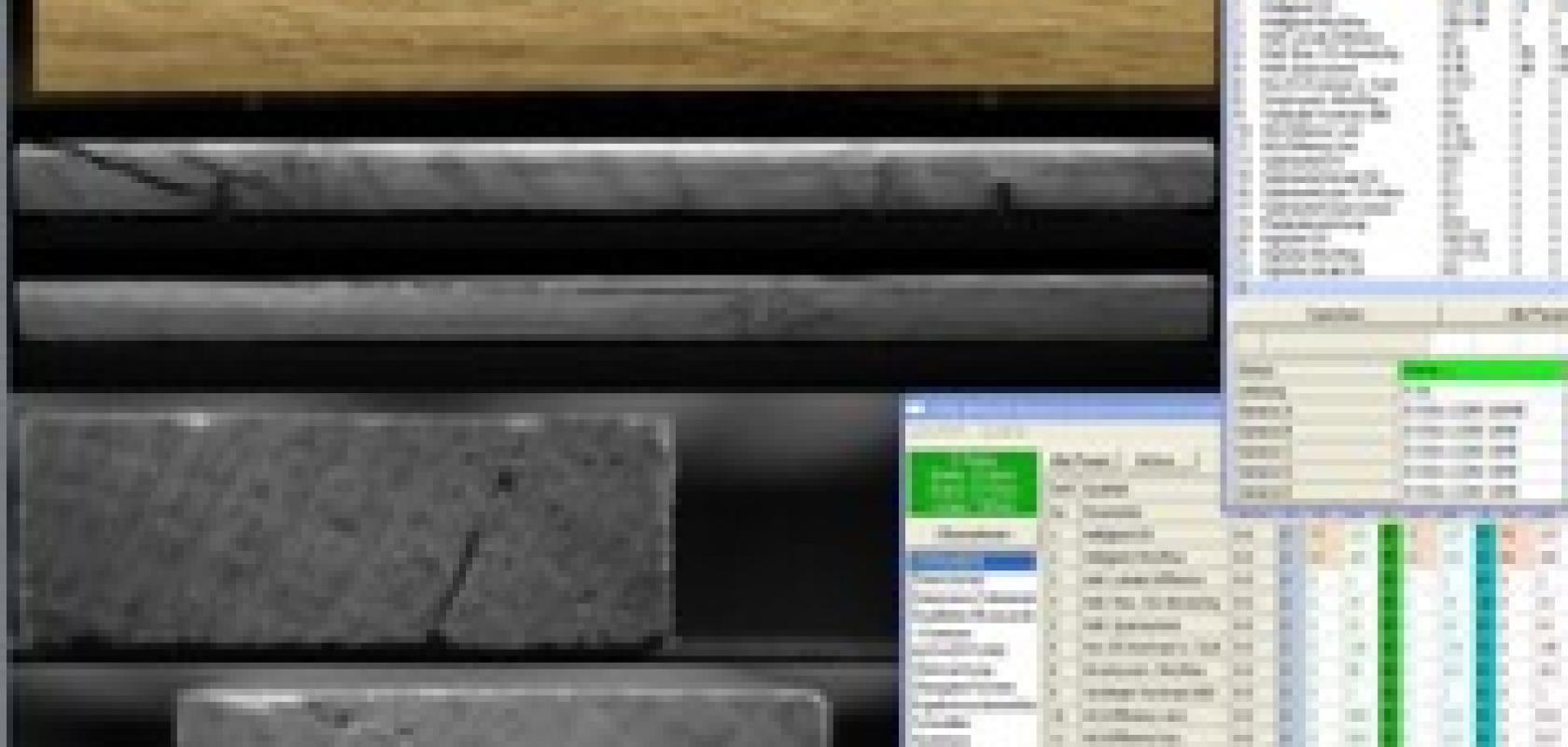A German flooring manufacturer has installed a vision system to improve cycle rate and production quality of its parquet wood flooring. The Reinlein Parkett Company hired ATB Blank to install an Argus Spectra vision system, which now checks about 140,000 square metres of parquet annually. Each piece of wood is inspected with five IDS cameras.
‘Mosaic parquet is actually made from wood scraps. If it can't be used whole, it's sawed into blocks,’ explained George Blank, the CEO of ATB Blank imaging specialist, which designed the machine vision system for Reinlein Parkett. ‘This means that a parquet manufacturer has to check closely to determine which of the so-called slats are suitable for the classy floor covering. The test criteria are dimensional stability, colour, sapwood, knots and cracks. If a piece of wood exhibits a flaw, it may at best still be acceptable for industrial parquet laid edgewise.’
Prior to installing its new machine vision system, Reinlein Parkett sorted pieces of wood by eye and by hand. This was a tedious process and only took one side of the pieces into consideration. Cracks in the end faces or knot holes on the underside could slip through undetected.
Now, a conveyor belt pushes up to ten pieces per second through the testing system being inspected by IDS cameras. One colour camera and four monochrome cameras capture every piece. The movements are fast, which is why the light-sensitive sensors are only exposed for a few hundred microseconds.
Four rails with white LEDs light up all the sides of the wood strips. Two CCD models of type UI-2230SE-M monitor the long sides. Their primary task is to detect cracks that are almost indistinguishable from the natural grain of the wood. The XGA sensors resolve details of the wood structure down to 0.16mm using 1,024 x 768 pixel resolution. Whether or not the dimensional stability is in line with the required 100μm is also checked on all sides.
In addition, two UI-1220SE-M CMOS cameras inspect the short ends of the slats. Both feature global-shutter sensors, which is important for capturing quick movement. Through the smaller field of view, the 768 pixel-wide image capturing device achieves speeds four times higher than the other three cameras.
The fifth USB uEye supplies colour images of the top of the wood piece, which will later form the visible parquet surface and must therefore be flawless. The trouble is determining what a flaw is, and what's just a variation of the wood grain.
Each wood type is checked using its own unique software program. Blank suggests that at least five thousand pieces of wood be used to teach-in a wood type. The detection of so-called sapwood is especially challenging. These parts are too soft for parquet flooring and are characterized by discoloration in the wood blocks.
In addition to checking the colour of the entire piece of wood, the ATB Blank system evaluates other criteria, such as the distribution and variation of colour and the local arrangement of discoloration. Depending on the structure of discoloration, whether or not the wood is sapwood can be determined reliably.
For such evaluations, it is critical that the camera be able to reproduce colours consistently and true-to-life. IDS’s camera driver includes a colour correction matrix for all models that is determined with colour tables under defined conditions.


